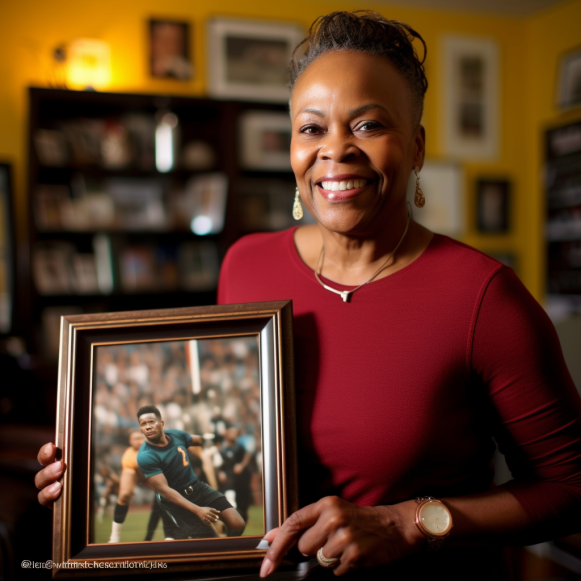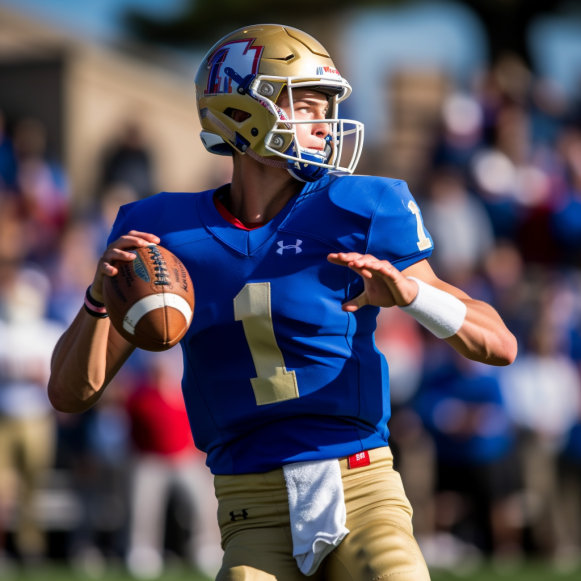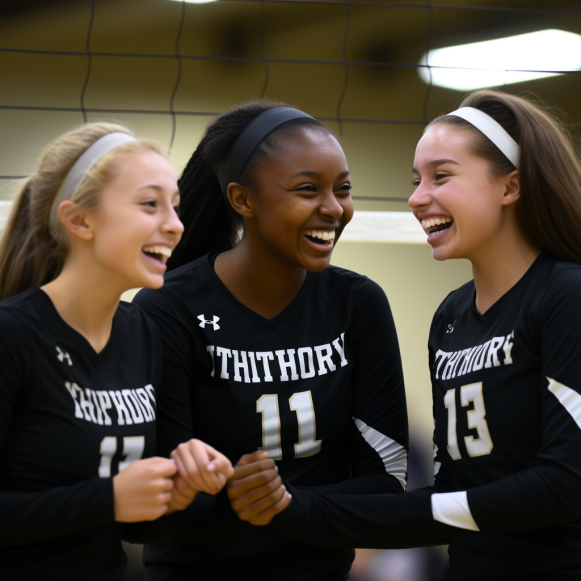Traveling Black History Museum tackles football and much, much more, and may finally be getting a permanent Bay Area home

What began as research for a small school project continues decades later in the form of the Domini Hoskins Black History Museum and Learning Center
Carolyn Hoskins has been educating – and entertaining – Bay Area residents with a traveling museum dedicated to various aspects of Black history for decades.
Hoskins’ house, on the other hand, is straight out of the Pro Football Hall of Fame in Canton, Ohio.
“Our family room is a shrine to football; signed jerseys on the walls and memorabilia everywhere,” the Bay Area resident explained. “I’ve simply run out of room.”
But the impressive collection of football memorabilia only scratches the surface of a massive treasure trove of history that Hoskins has amassed for far more than just collecting.
Over 20 years ago, Hoskins’ life work began with a question.
Domini Hoskins, Hoskins’ grandson, came home from Central Elementary School in Belmont one February day, complaining about being assigned only Martin Luther King Jr. projects for Black History Month.
“He asked me a powerful question: ‘Are there any other famous black people who did anything?'” Hoskins remembers.
What began as research for a small school project has evolved into the Domini Hoskins Black History Museum and Learning Center, a traveling tribute in the Bay Area featuring hundreds of exhibits and thousands of items. Hoskins says she won’t even tell you how big her collection is because it’s gotten too big to count.
Among the numerous exhibits are displays honoring inventors, musicians, athletes, and political leaders, to name a few. Football holds a special place in both the exhibits and Hoskins’ heart.
She is the widow of Bob Hoskins, a 49ers player from 1969 to 1975.Carolyn stated that Bob, who died in 1980 from a heart attack, was always interested in history and would have loved and supported the museum.
A slew of rare items donated by Hall of Fame wide receiver Jerry Rice are among her many red-and-gold collectibles.
“One of the things that I treasure dearly is a jacket from when he first started out, and everyone called him ‘Flash,'” said Hoskins, who has known Rice’s family for years and is Jerry’s godmother. “That jacket has the word ‘Flash’ on it.”
Hoskins frequently has children and classes visit her museum on field trips, some of whom are talented athletes.
“To me, when we’re talking about sports, I think it’s so important for these young players to understand what these other players went through,” said Hoskins, who has been a member of the NFL Alumni Association’s board of directors for nearly two decades.
Dr. Clayborne Carson, a Stanford professor who has dedicated his life to studying Martin Luther King Jr. and his writings, is among those who have visited the museum.
“Sports have often been a site of racial distinction, but they have also been an area where people could be judged by different standards,” Dr. Carson told the Bay Area News Group.
The Domini Hoskins Museum has plenty of sports memorabilia, but Hoskins says her favorite exhibits are those that highlight the hundreds of inventions made by African-Americans.
“The refrigerator system, the traffic light, the hairbrush, the potato chip, and the elevator,” Hoskins said, naming a few of the more than 200 African-American inventions housed in her museum.
After three decades, the museum has seen its fair share of celebrity visitors, some of whom remind Hoskins of the contemporary relevance of her museum exhibits.
“(A lady) asked me, ‘Do you have any information on Emmett Till,’ and I said I do, and that when we have students come in, I have a video on him and we do talk about him,” Hoskins said of Till, whose racially motivated murder in Mississippi in 1955, at the age of 14, galvanized the civil rights movement. “I took her to the exhibit. She explained, “That was my nephew.”
“It just gave me chills to know that I was that close to someone related to him.”
Over the years, Hoskins’ museum has appeared in Belmont, Oakland, Richmond, San Francisco, Redwood City, San Mateo, and other Bay Area cities. This summer, the museum was on display at the San Mateo County Fair.
All of the relics are stored in various storage units throughout the Bay Area in between showings. Hoskins accepts donations, but she also works part-time at the Dollar Tree in San Carlos to cover storage costs.
“We pay for it ourselves to keep these stories going,” Hoskins explained, “to keep the museum going.”
However, Hoskins may soon achieve her ultimate goal and find a permanent home for the museum. After State Sen. Josh Becker, D-San Mateo, advocated for Hoskins, the museum recently received $2 million in funding in the 2023-24 state budget.
Hoskins says she is currently negotiating for a Redwood City location. She hopes that once the building is secure, she will be able to start hosting speakers who will bring the history to life. Hoskins is already planning for 2026, when the Super Bowl will return to the Bay Area and she will be able to use the museum to help tell the story of Black players in the NFL.
“My goal is to reach out to these people and have them come in and tell their story,” said Hoskins.
Hoskins welcomes everyone to her museum, with one simple goal in mind: that people in the Bay Area will not leave with the same question her grandson, now 32, did two decades ago.
“I want people to understand how important and rich the history is, and all of the great contributions that African Americans have given, as well as all of the struggles that they have gone through to still be here and standing strong.”




